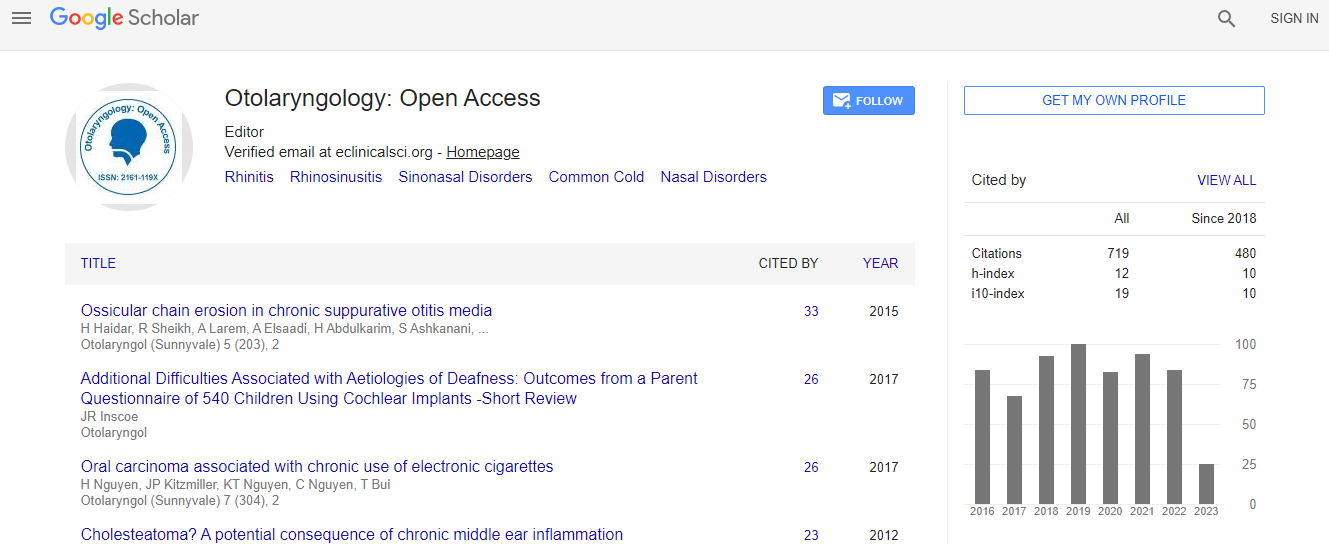Prognostic and predictive value of routine blood markers in oropharyngeal squamous cell carcinomas: A Flinders experience
*Corresponding Author:
Copyright: © 2020 . This is an open-access article distributed under the terms of the Creative Commons Attribution License, which permits unrestricted use, distribution, and reproduction in any medium, provided the original author and source are credited.
Abstract
Introduction
Blood inflammatory makers are thought to reflect the local tumour microenvironment and therefore could predict tumour progression and response to treatment [1]. Therefore, we aimed to study the association between various markers (neutrophil-to-lymphocyte (NLR), platelet-to-lymphocyte (PLR) and lymphocyte-to-monocyte ratio (LMR) and overall survival (OS)/disease-free survival (DFS), in the fastest rising head and neck subsite in Australia, oropharyngeal squamous cell carcinoma (OPSCC).
Methods
Retrospective institutional database analysis in a South Australian tertiary referral centre.
Data was collected retrospectively from departmental and electronic medical records (following ethics). Oropharyngeal squamous cell carcinomas cases treated with curative intent (January 2012 to December 2018). Serum tests conducted within 4 weeks before the commencement of primary treatment were collated (neutrophils, lymphocytes, haemoglobin, albumin and monocytes) which were used to calculate the NLR, PLR and LMR. Receiver Operating Characteristic (ROC) and Kaplan-Meier curves were generated to assess the relationship between the markers and survival.
Results
A total of 104 patients (91 males [87.5%], mean age 58 [SD 0.1], median follow up time of 37 months (range 4-90) were analysed. The tonsil was the most common oropharyngeal subsite affected (59%) and 80.6% of cases were p16 positive. Chemoradiotherapy was the most common treatment modality (61%). Treatment failure occurred for 28 patients (27%) (progression of disease during treatment, residual disease at 3 months post-treatment or post-treatment recurrence). Albumin and haemoglobin were found to have a survival benefit for prolonged DFS (p=0.005 and 0.039 respectively). Area under the ROC curve was less than 0.55 for all markers.
Conclusion
Our results did not support the predictive role of blood biomarkers, although albumin and haemoglobin had a survival benefit in OPSCC. Further research with an increased sample size is required to appropriately validate these markers.

 Spanish
Spanish  Chinese
Chinese  Russian
Russian  German
German  French
French  Japanese
Japanese  Portuguese
Portuguese  Hindi
Hindi 
